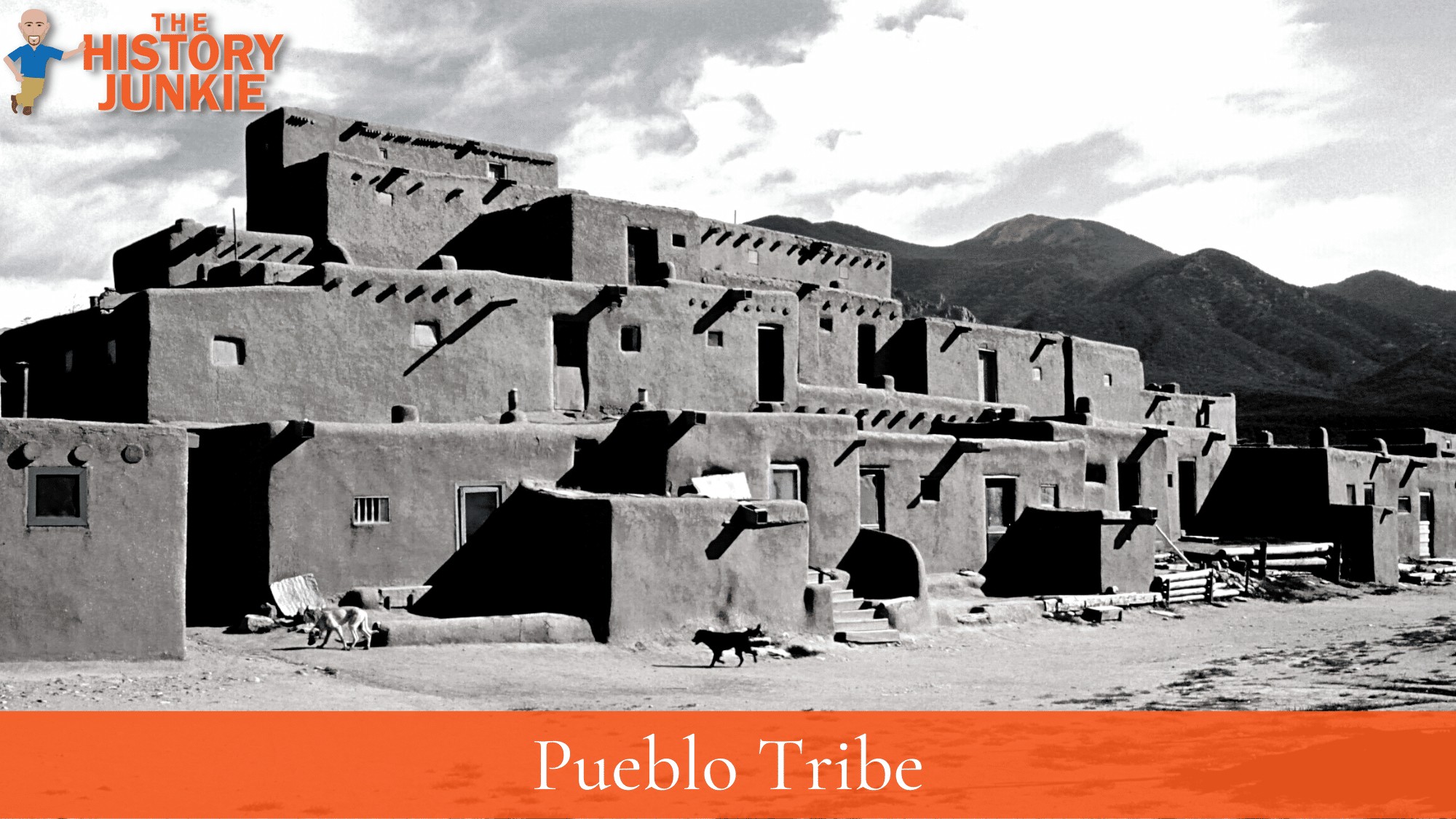
Jump to:
#1. The Pueblo Tribe Was Almost Conquered By The Spanish
The Pueblo tribe, a Southwest tribe, had their first contact with the Spanish in 1539. The following year, the Spanish Conquistador Francisco Coronado came to their area and attempted to conquer them.
In response, the Pueblo tribe killed many of the Spanish cattle and other animals. The foreign policy of the Spanish was to react immediately when this occurred so Coronado did not waste time attacking the local Pueblo people.
Coronado sent Cárdenas with a large force of Mexican Indian allies to conquer a Tiwa pueblo the Spaniards called Arenal.
All of Arenal's defenders were killed, including an estimated 30 Tiwas, whom the Spaniards burned alive at the stake.
The Tiwas abandoned their riverside pueblos and made their last stand in a mesa-top stronghold the Spaniards called Moho. There may have been a second mesa-top stronghold as well, but Spanish accounts differ on its existence.
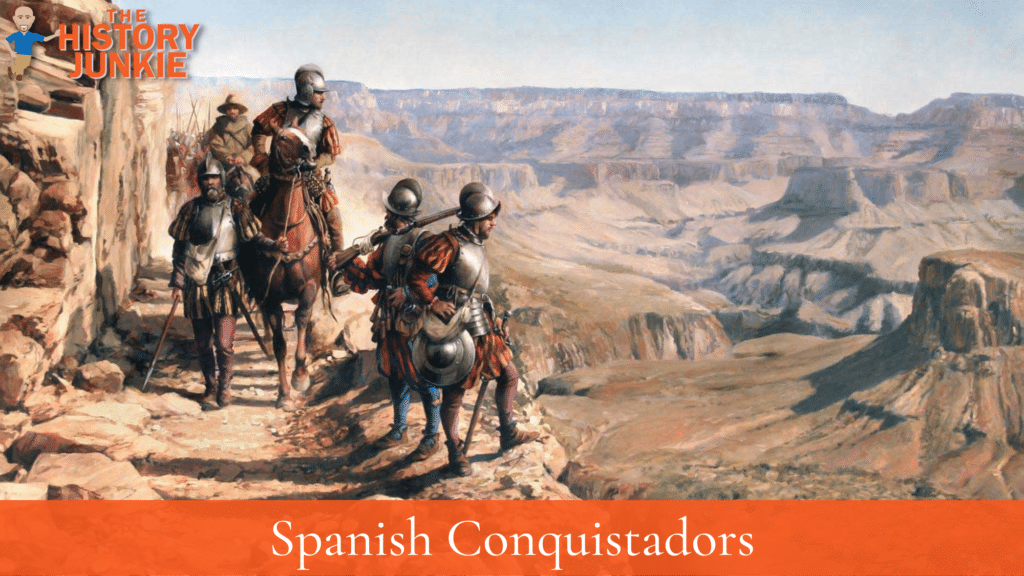
Coronado was not able to conquer the stronghold by force, so he laid siege to Moho for about 80 days from January-March 1541.
Finally, Moho's defenders ran out of water and attempted to escape in the night. The Tiguex War ended in slaughter when Spaniards heard the escapees and killed almost all the men and several women.
Coronado left the area in April 1542. The Spanish would not return for another 39 years, at which point the Puebloans had re-established themselves.
#2. The Pueblo Are Many Different Tribes
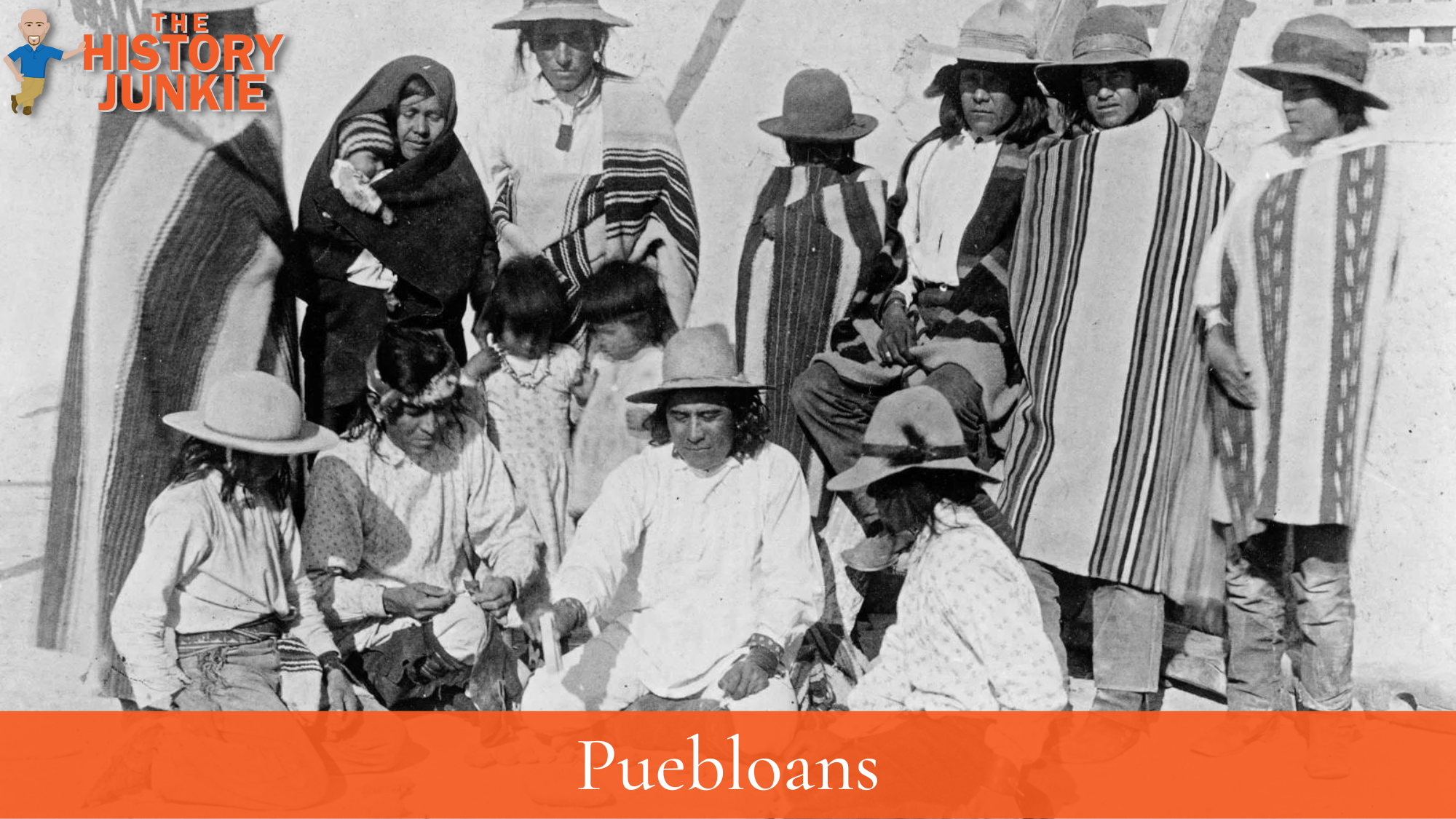
Pueblo is a Spanish term for "village." When Spaniards entered the area, beginning in the 16th century with the founding of Nuevo México, they came across complex, multi-story villages built of adobe, stone, and other local materials.
New Mexico contains the most federally recognized Pueblo communities, but some Pueblo communities can be found in Arizona and Texas, mostly in the Sangre de Cristo Mountains and along the Rio Grande and Colorado rivers and their tributaries.
The Pueblo people are often identified by being called Puebloans. Puebloans share common religions, languages, and architecture.
#3. Pueblo Architecture Was Unique To Them And Influenced The Spanish
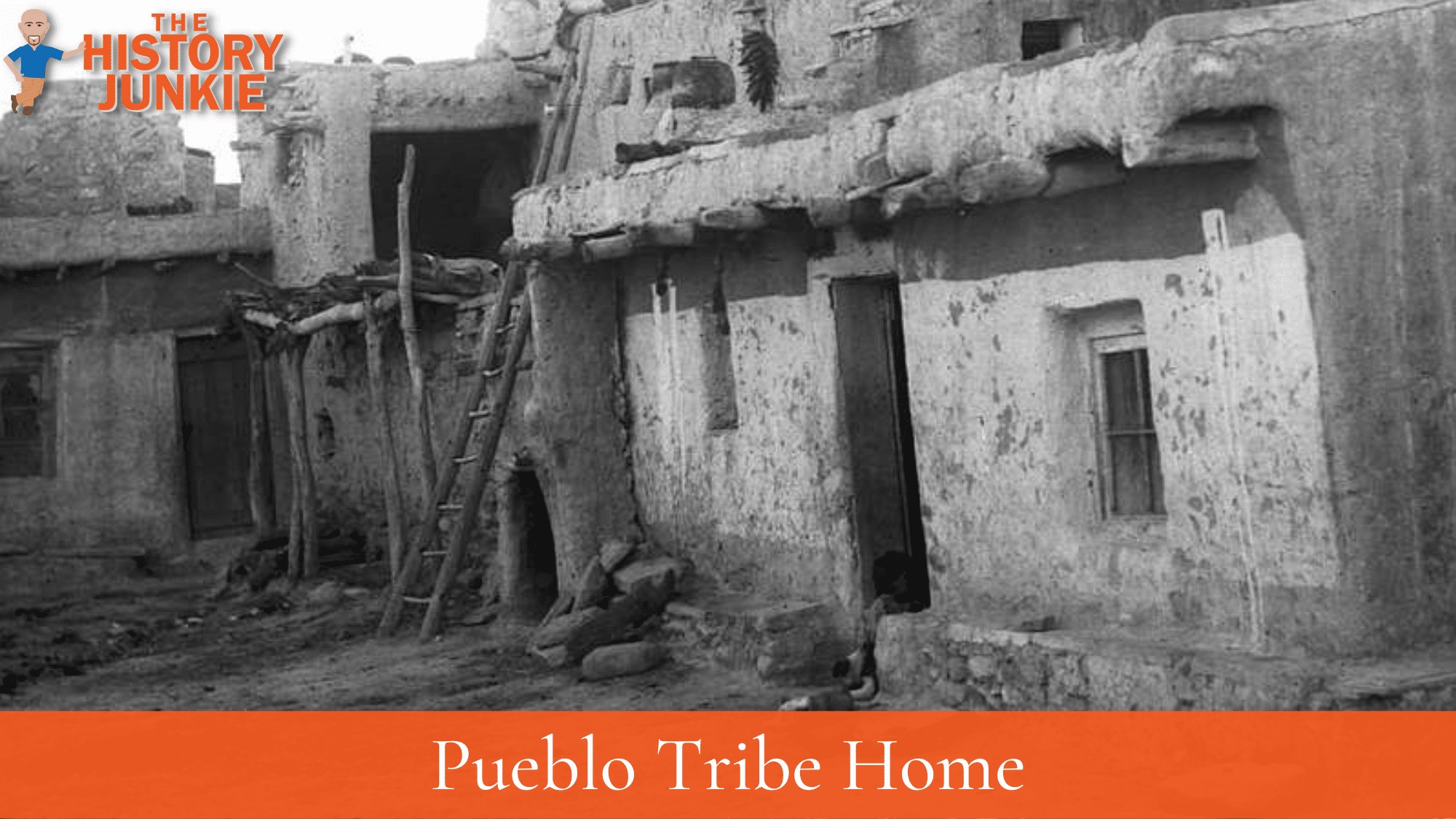
The Pueblo housing is still used today and is now known as a Sante Fe style.
The Pueblo tribe would build pit houses on cliffs for many generations, but they eventually evolved and began building connected rectangular rooms that look like apartment housing.
By 1050, they had developed planned villages composed of large terraced buildings, each with many rooms. These apartment-house villages were often constructed on defensive sites: on ledges of massive rock, on flat summits, or on steep-sided mesas, locations that would afford the Puebloans protection from raiding parties originating from the north, such as the Comanche and Navajo.
Pueblo buildings are constructed as complex apartments with numerous rooms, often built in strategic defensive positions. The most highly developed were large villages or pueblos situated at the very top of the mesas, the rocky tablelands typical to the Southwest.
When the Spanish arrived and saw these structures, they were impressed with the architecture. Over time, the Pueblo began to improve their construction with techniques learned by the Spanish, such as brick building.
The style of architecture saw a revival in the 1920s and 1930s.
#4. Puebloans Are Known For Their Ability In Agriculture
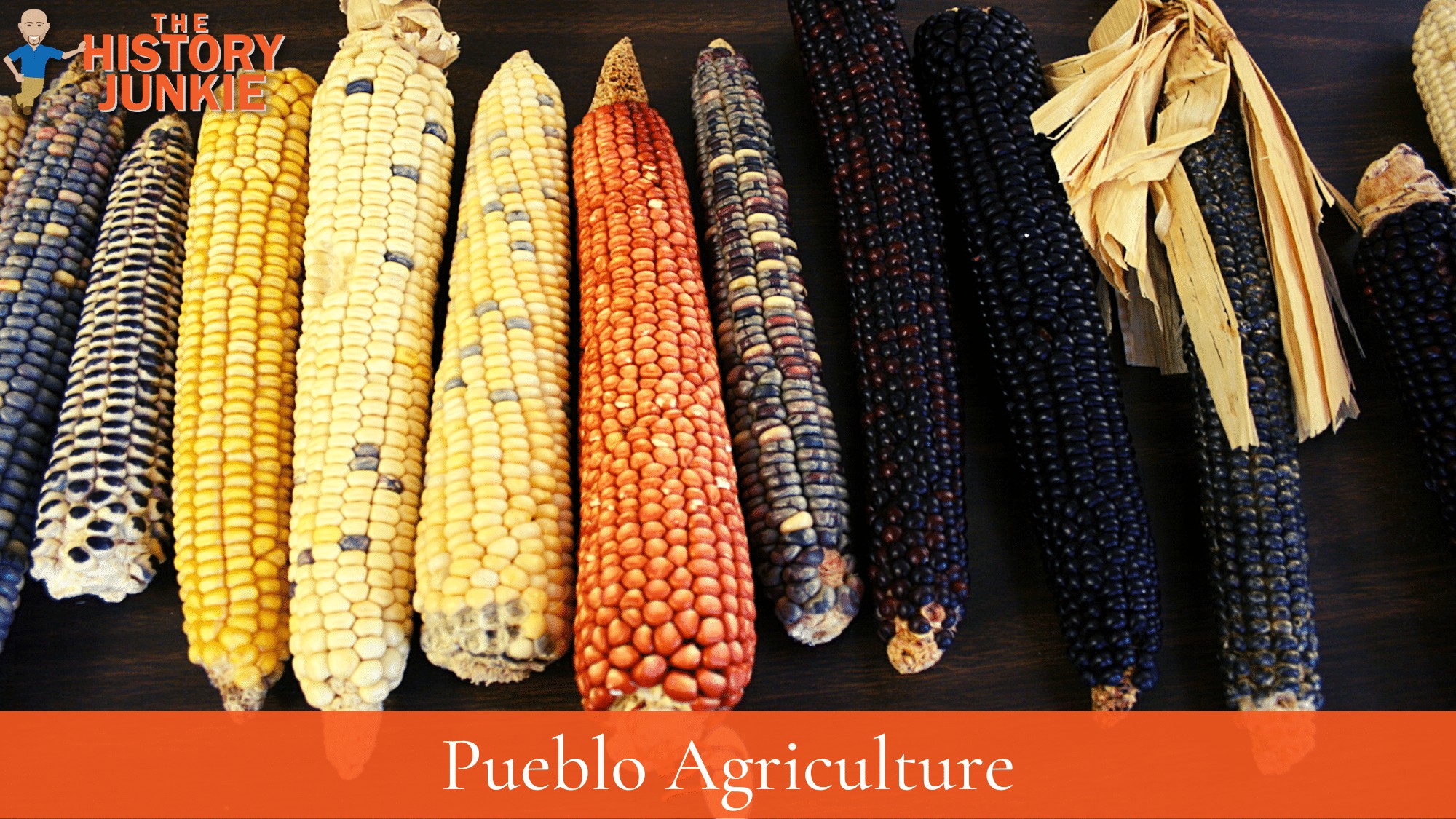
The Pueblo tribe remains a productive farmer and were some of the first people to cultivate the grape in New Mexico.
They have been growing corn since 2,000 B.C. and now bring most of the fruit and vegetables that can be found in their local markets.
Along with agriculture, they are excellent with cattle, sheep, and other livestock.
#5. They Were Some Of The Most Developed Native Americans
When Christopher Columbus landed in the New World, he would begin a slow and eventual large migration from the Old World to the New World.
When the Europeans arrived in the New World, they viewed the natives as savages. They did not work together much and were extremely divided; many tribes participated in human sacrifice to their gods, and some even were cannibals.
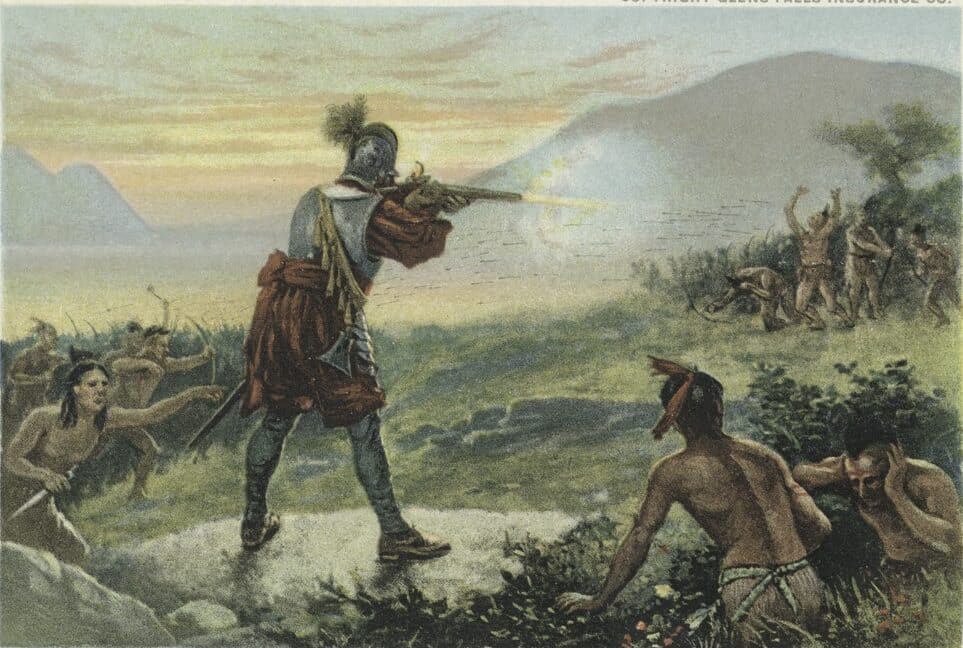
They had not developed their land or improved their techniques. The Iroquois tried to fight Samuel de Champlain with stone arrows while he used guns, armor, and cannons.
Even as they traded for modern weapons, they were never able to unite.
The Pueblo tribe does not fall into that category. They were accomplished farmers, had built structures that would influence the Spanish, and were, for the most part, unified.
They were advanced in their understanding of solar and lunar cycles, and their structure was built with that in mind.
